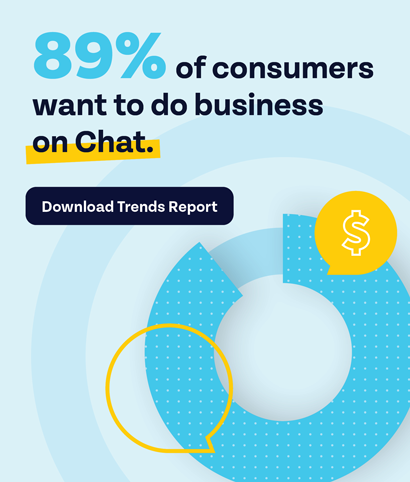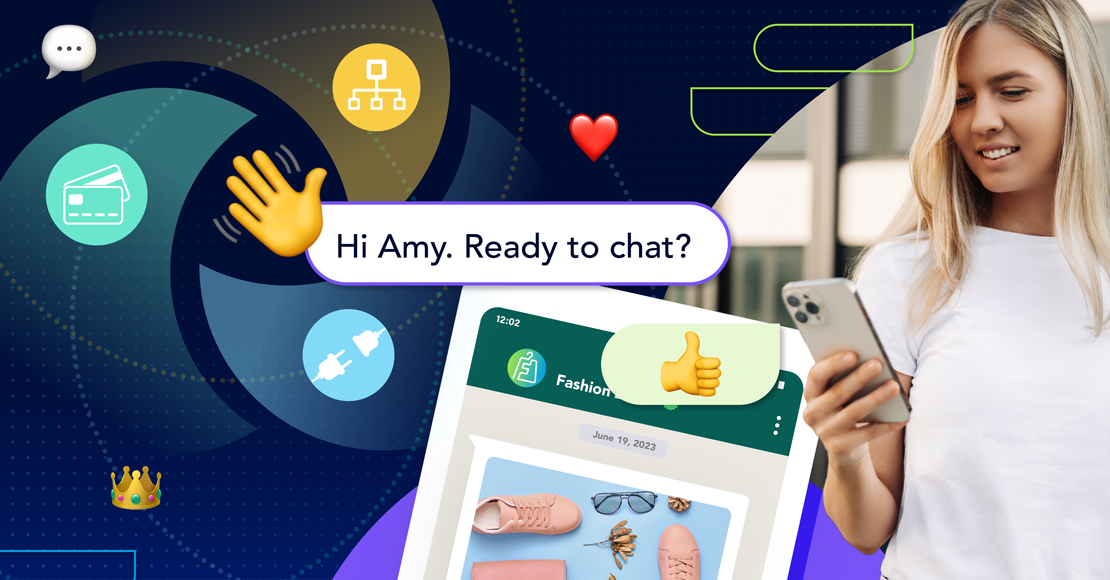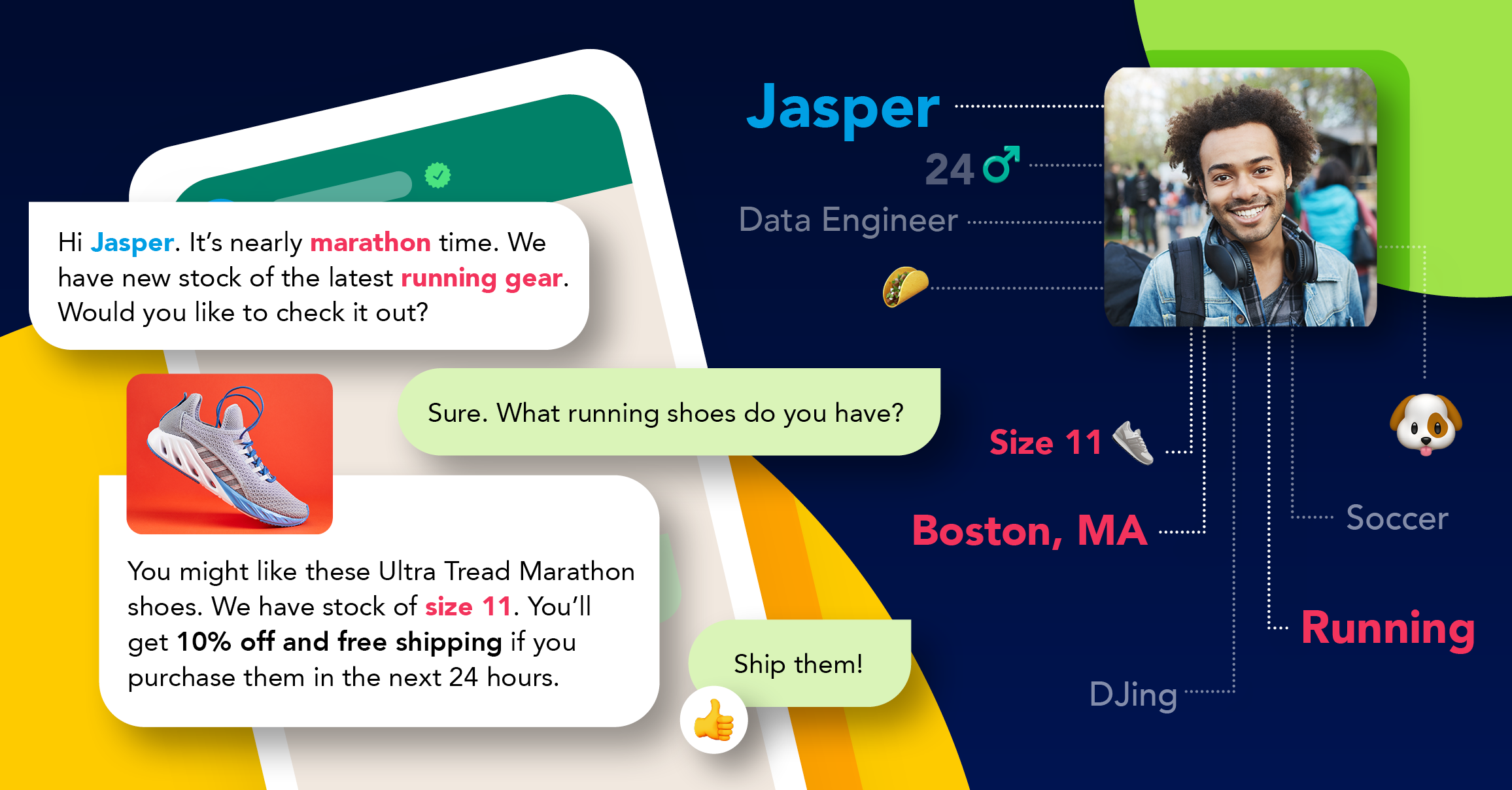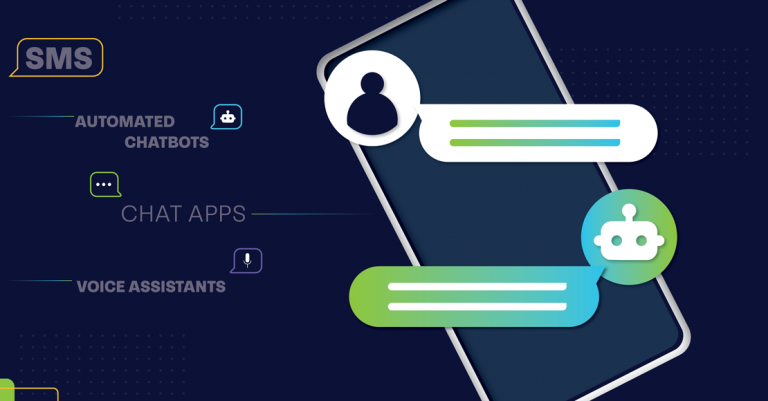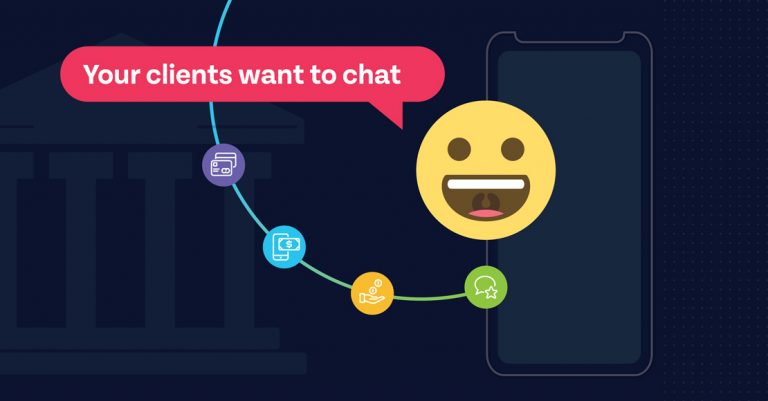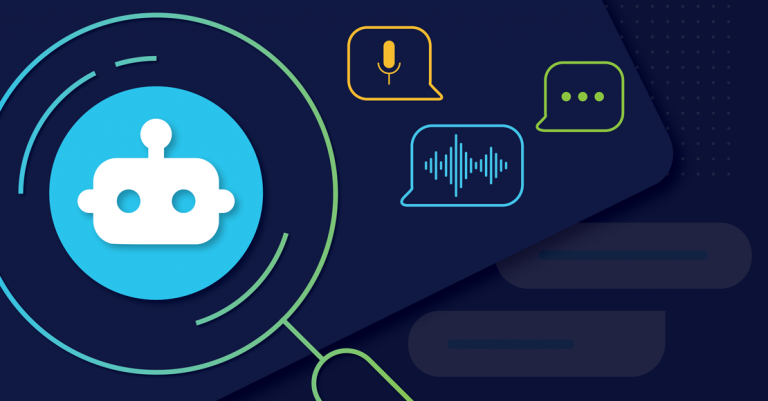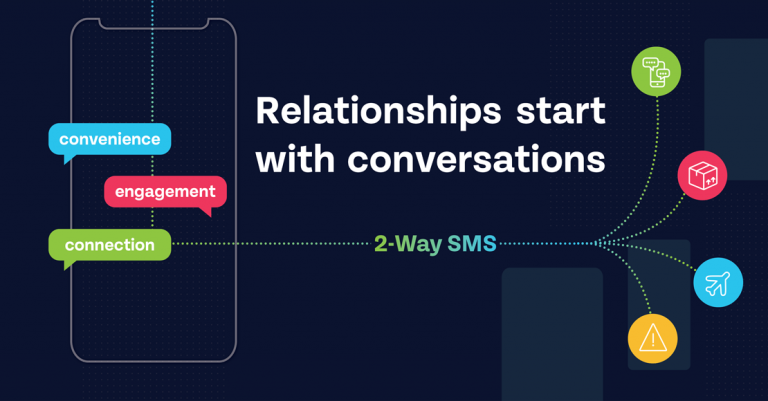
Types of chatbots
The likes of Siri, Alexa, and Google Now have allowed us to interact with our world through a machine. And Facebook and Microsoft will also soon deploy conversational interfaces as Apple and Google expand their respective apps. The rise of the chatbot and other responsive bots has meant that conversation as an interface is the best way for machines to interact with us using a human technique we’re all familiar with – language. As bots develop further, let’s take a look at what kinds of chatbots are available and how each can help or hinder your business.
Think of it as a linear spectrum. Not all chatbots are created equal. Each has a specific function and role. Think of chatbot development as sitting on a spectrum. On the one side, we have bots that are designed to replace human-to-human communication. At the other end are chatbots designed to facilitate it. In between are a hodgepodge of chatbots that can engage with you in various ways and to varying degrees.
Programmatic chatbots replacing human-to-human conversations
On the far right, you have totally programmatic chatbots. You give a specific prompt or ask a certain question and they’ll respond in a specific way. Everything is built-in, preprogrammed. It’s a strictly human-to-chatbot conversation. And it shows. While the responses are relevant, you’ll be left feeling that they don’t quite fit the prompt perfectly.
Information gathering chatbots
A bit further left and you have chatbots that’ll try extract as much information from you as possible on their own, but can ultimately fall back on a human if it all goes a bit pear-shaped. Take your average customer support line these days. There’s the pre-recorded voice that directs you. If the nature of your call is this, then do this or this. You respond only to get another set of questions and another and another. But eventually, if you’re persistent enough (or bash the right number enough times), you’ll reach a human. If you run a call center, then these are the kind of chatbots you’re likely to deploy.
Chatbots that facilitate human interactions
Crossing over the halfway point we’re now in different territory. Chatbots on this side of the spectrum are focused on enhancing human-to-human interaction, not replacing it. Clickatell Touch, for example, acts as a digital switchboard for businesses. It’ll ask questions and prompt information from you, not to resolve your issue on its own, but to figure out which department is best suited for your issue. It builds a profile of your information and intelligently determines which human is best equipped to help you. Then it’ll connect you to that human.
Chatbots and CRM
Can one go even further left? Sure. You’ll arrive at a place that strips most of the non-essentials of the chatbot away and leaves you with a simple information collector. This kind of chatbot is likely to create a prompt such as: ‘Just in case we’re disconnected, what are your contact details?’. You can see how this kind of chatbot would help someone in a call center or ecommerce site trying to resolve an issue or finalize a sale. Chatbots such as these are useful to supplement a business’ CRM (customer relationship management) efforts.
The spectrum of chatbots isn’t about good, better, best. Ultimately where each piece of technology falls on the spectrum depends on the specific purpose for which it was created. It was Alan Turing who famously sparked the precedent that a machine should be able to talk to a human without the human even knowing it’s a machine. And while those conversations have certainly come a long way since then, we can’t forget why we’ve created this technology in the first place.
While some chatbots are truly amazing, there can be no substitute for human-to-human interaction when it comes to building customer relationships. It’s this insight that’ll keep pushing the progress of conversation-enabling chatbots. If you’re interested in learning more about the advancement of chatbot technology, then read our latest article. It touches on how chatbot memory or lack thereof can help the technology.
Explore other articles
Step into the future of business messaging.
SMS and two-way channels, automation, call center integration, payments - do it all with Clickatell's Chat Commerce platform.
